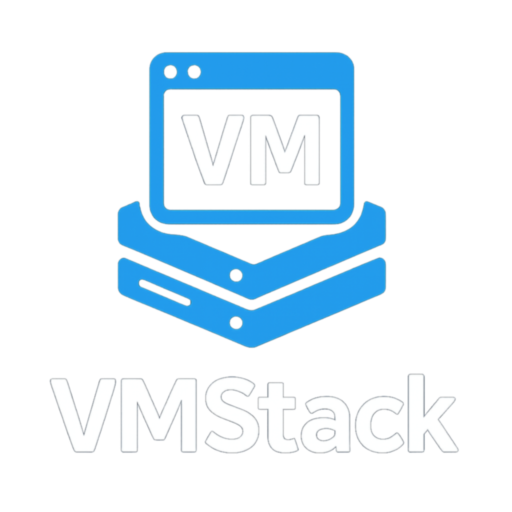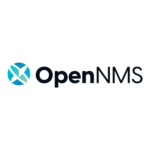VMStack — A Private Cloud That Just Gets to the Point
There’s a long list of tools that promise private cloud in five minutes. Most of them don’t deliver. Some are so stripped down they break the moment you leave the tutorial. Others need half your team, a week of prep, and still fall over if a DNS record is wrong.
VMStack doesn’t try to impress anyone. It just sets up a working stack for running KVM-based virtual machines — with a UI, some storage logic, and sane defaults. It’s not pretty. But it does the job.
You get VMs with web access, self-service features, IPAM, user quotas — without dragging in OpenStack or juggling weird third-party scripts. And yeah, it installs with Ansible, which means you can nuke it and rebuild it in 20 minutes when needed. That’s not nothing.
What It Actually Does (and Doesn’t Overpromise)
| Feature | What It Looks Like When You Use It |
| Admin and User UI | One panel for everything — VM creation, access, user control. |
| Built on KVM | It’s libvirt under the hood — stable and familiar. |
| Ansible-Based Install | Playbook runs once, brings up the whole environment. |
| Web Console (VNC/SPICE) | No client needed. Just click and connect to the VM terminal. |
| Role and Quota System | Give teams limited access — they won’t break anything important. |
| IP and DNS Automation | Built-in IP assignment. No more spreadsheets to track static addresses. |
| Storage Flexibility | Can work with LVM, ZFS, or plain disks. No SAN required. |
| Image Templates | Boot new machines fast — no more copy-pasting XML or disk files. |
| API Support | REST endpoints if someone insists on automating everything. |
| Runs on What You Already Have | No special hardware, no cloud credits, no monthly bill. |
When VMStack Makes Sense
This isn’t something that’ll replace VMware in a 200-node cluster. But if the task is to spin up virtual machines quickly, without drama or expensive platforms, VMStack makes a lot of sense.
It fits when:
– One physical host turns into a lab environment or internal testbed.
– The team wants some cloud-like control, but without the cloud.
– Proxmox feels too closed, OpenStack feels too big, and everything else feels half-baked.
– VM definitions need to be repeatable and simple — not mystical YAML blobs.
– Someone needs to stand up a working environment before Friday.
It’s not flashy. But it runs. And when it breaks, it’s usually fixable without Slack threads and vendor tickets.
How to Get It Working (You’ll Want a Terminal Open)
*Minimum setup: 2 machines, Debian/Ubuntu preferred, basic KVM-ready kernel.*
Step 1: Clone the Repo
git clone https://github.com/vmstack/vmstack.git
cd vmstack/ansible
Step 2: Define Hosts
Edit inventory.ini with IPs of the nodes you’re targeting.
Step 3: Tweak Variables
Adjust group_vars/all.yml — domain name, networking ranges, user access. No fancy wizard, just clear variables.
Step 4: Run the Playbook
ansible-playbook -i inventory.ini site.yml
Step 5: Open the Web UI
Navigate to:
https://<host-ip>
Login. Start building. Nothing more to it.
Last Words
VMStack isn’t about innovation. It’s not here to reinvent cloud computing. It exists for one reason: to give small teams and sysadmins a simple, working way to manage VMs on bare metal — without signing up for anything, and without needing a PhD in OpenStack.
It gets in, sets up, and gets out of the way. That’s what makes it worth keeping around.






